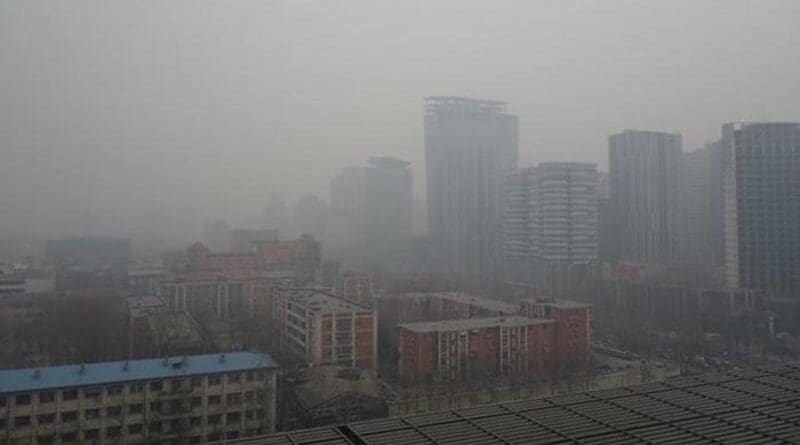Chinese Medical Journal Study Explores Health And Economic Burden Of Air Pollution
Air pollution, a primary environmental risk factor, poses a significant health and financial burden to a country. In China, rapid economic growth resulted in severely deteriorated air quality and a significant financial burden on its citizen’s health. Now, measures such as the Air Pollution Prevention and Control Action Plan (2013 to 2017) and the Blue Sky Defense Battle (2018 to 2020) have been implemented to curb air pollutants and achieve sustained economic growth without air pollution. This has led to the reduction of fine particulate matter (PM2.5) pollution but over time, ozone (O3) pollution has unexpectedly emerged as a new challenge.
Furthermore, since 2020, the air pollution disease burden has increased due to an aging population. Several studies have examined the link between air pollution and health, while only a few investigated the financial costs associated with it. However, these studies have profiled the economic burden of PM2.5 and O3 only in select cities and regions of China, and no study has examined the spatial trends of health and monetary burden due to the combined effects of both pollutants in China.
Against this backdrop, scientists from the Key Laboratory of Environment and Population Health at the Chinese Center for Disease Control and Prevention in Beijing, China, explored the spatiotemporal features of disease burden from air pollution in China. Their detailed analyses were published on January 18, 2024, in the Chinese Medical Journal. MPH. Huaiyue Xu, the lead author of the study, explained, “We used the five parts data- Air pollution exposure, population, cause-specific mortality rates, the concentration-response (C-R) function from epidemiological studies, and socioeconomic parameters, to assess the economic loss of health effects from ambient PM2.5 and O3.” The team utilized data from the Global Burden of Disease study and Willingness to Pay methodology to quantify premature mortality due to PM2.5 and O3, and associated financial burdens across China between 2005 and 2017. The GBD is a repository with disease burden data across age groups, sex, countries, regions, and time, and facilitates comparing the magnitude of diseases, their risk factors, and injuries.
Their findings revealed that owing to the air quality improvements, the sum of premature mortality from the two pollutants exhibited a downward trend between 2005 and 2017 (from 1.01 million in 2005 to 0.94 million in 2017). However, due to the economic growth, the trend observed for financial burden was different from the one observed for premature mortality. In 2017, the total economic loss was RMB 1170.31 billion yuan, about two times the number in 2005. Elaborating on the methodology, Dr. Qing Wang, the corresponding author of the study, said, “To assess the data, we aggregated the health and economic burden caused by the two pollutants and created a coarse scale description and discussion to aid macro decision-making, especially after the implementation of clean air policies.” They also found that O3-contribution was highest in the Yangtze River Delta region, the Fen-Wei Plain region, and some western regions.
The recent national and regional policies to improve air quality in China have yielded pronounced decrease in PM2.5 concentrations, and sustained management is essential for the improvements to occur in the long term. Unfortunately, an increase in O3 pollution is cause for concern. It emphasizes the need for coordinated management plans that incorporate the pollutants’ spatiotemporal trends, associated disease burden, population assessments, and socioeconomic data.
Dr.Wang concludes, “In an era to achieve the target of carbon peaking and neutrality, China has been taking a synergistic pathway and continuous efforts to curb pollution and mitigate climate change, which could hopefully bring great health benefits.”
Let us hope further research can help optimize industrial structure to reduce mortality and economic burden.

